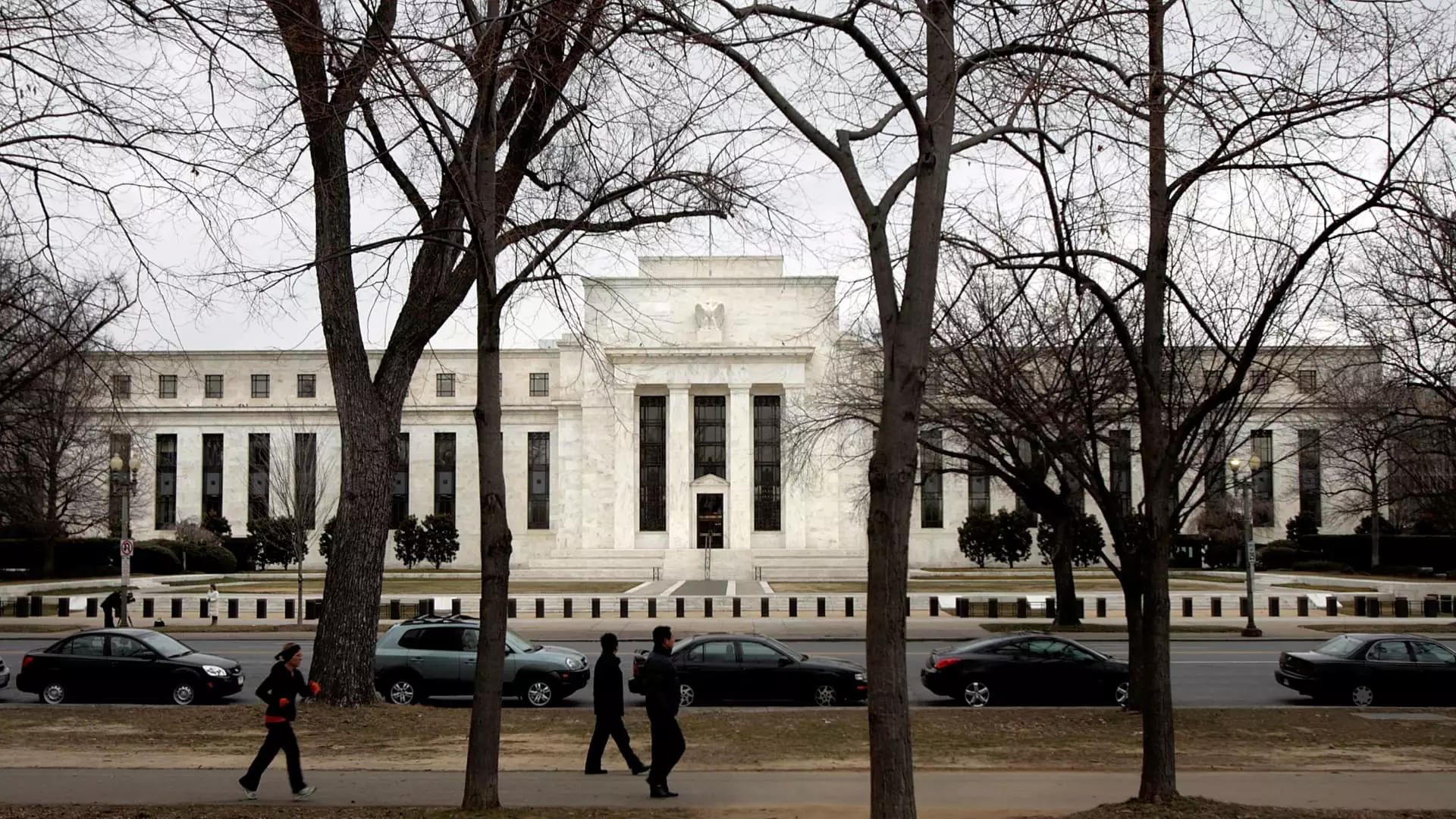In a critical announcement, the Federal Reserve recently decided to maintain its current interest rates amidst ongoing inflation rates that exceed the desired 2% target.
This decision mirrors a significant backdrop: last year, the Federal Reserve undertook a series of substantial interest rate cuts, slashing its benchmark rate by a full percentage point in an effort to stimulate the economy. Fast forward to today, inflation concerns have not entirely dissipated, with consumers feeling the pressure of rising prices and elevated borrowing costs.
Former President Donald Trump has been vocal about his dissatisfaction with the Fed’s policies, suggesting that immediate action is required to lower interest rates. Such political pressures could put the independence of the Federal Reserve in jeopardy, raising concerns about the implications for economic policy formulation and execution.
Inflation remains a thorny issue, largely a byproduct of supply chain disruptions and increased consumer demand that emerged following the pandemic. The Fed’s measures over the past few years have led to the benchmark interest rate climbing to its highest levels in over two decades, spurring substantial changes in how consumers engage with debt.
These rate hikes were conceived with the intention of stabilizing prices but had the side effect of elevating the costs associated with various forms of borrowing, placing extreme stress on households.
Experts warn that the current inflation pressures continue to loom, which complicates the Federal Reserve’s capacity to introduce further rate cuts. According to Michele Raneri, a vice president at TransUnion, while the rate of inflation has shown signs of easing, heightened levels still persist. This uncertainty leads economists to project that anticipated rate reductions may not materialize as quickly as hoped.
For consumers, the implications of the Federal Reserve’s decision are stark. The increase in borrowing costs has led to a pronounced rise in credit card interest rates. Typically, these rates are directly influenced by the Fed’s policies, with the average rate skyrocketing from 16.34% in March 2022 to over 20% currently. The lingering hope for substantial reductions in these rates appears misplaced, as many analysts, including Greg McBride of Bankrate, suggest that expected rate cuts are unlikely to provide adequate relief for struggling consumers.
Matt Schulz, a chief credit analyst, further emphasizes the necessity for individuals feeling the financial squeeze to adopt alternative strategies. Options include consolidating high-interest debts with lower-interest personal loans or utilizing 0% balance transfer credit cards to alleviate immediate financial burdens. This multifaceted approach focuses on proactive steps that consumers can take rather than relying solely on federal actions.
The housing market also bears the brunt of these fiscal policies. With 15- and 30-year mortgage rates largely dictated by economic conditions and Treasury yields, prospective homebuyers find themselves facing significant hurdles. The average 30-year fixed-rate mortgage has now surpassed 7%, which affects purchasing power and housing affordability profoundly. Although McBride estimates that mortgage rates may hover around 6% in the upcoming year, those already locked into fixed rates will not experience direct benefits unless they refinance or sell and repurchase.
Additionally, the auto loan market follows a similar trajectory, where rising vehicle prices coupled with high interest rates are creating affordability challenges across the board. The typical rate for a new car loan rests at approximately 5.3%, adding further strain for consumers already stretched thin by inflationary pressures. Analysts predict that without significant intervention to ease these economic conditions, the challenges faced by consumers will only compound in the near future.
Looking ahead, various sectors are poised to react differently to the unfolding economic environment. While interest rates for federal student loans are fixed and typically only subject to periodic adjustments, borrowers should be mindful of the increased rates impacting private loans, which often correlate more closely with Fed actions. As of now, the rate for new direct federal student loans has already risen from 5.50% to 6.53% for the academic year ahead.
On a more positive note, there exists a silver lining for savers. High-yield savings accounts have gained traction, offering consumers the chance to capitalize on the prevailing interest rates in a historically favorable manner. Consequently, while borrowers may grapple with the sting of current financial climates, savings accountholders can potentially benefit from attractive yields.
As we navigate this intricate economic landscape, the Federal Reserve’s decision to maintain steady interest rates amid inflation poses a layered set of challenges for consumers and businesses alike. Awareness and adaptability will be crucial. Consumers must proactively seek financial strategies to manage borrowing costs and take advantage of high-yield savings opportunities. The road ahead may be fraught with difficulty, but understanding these dynamics can empower individuals to make informed financial decisions in a time of uncertainty.

Leave a Reply